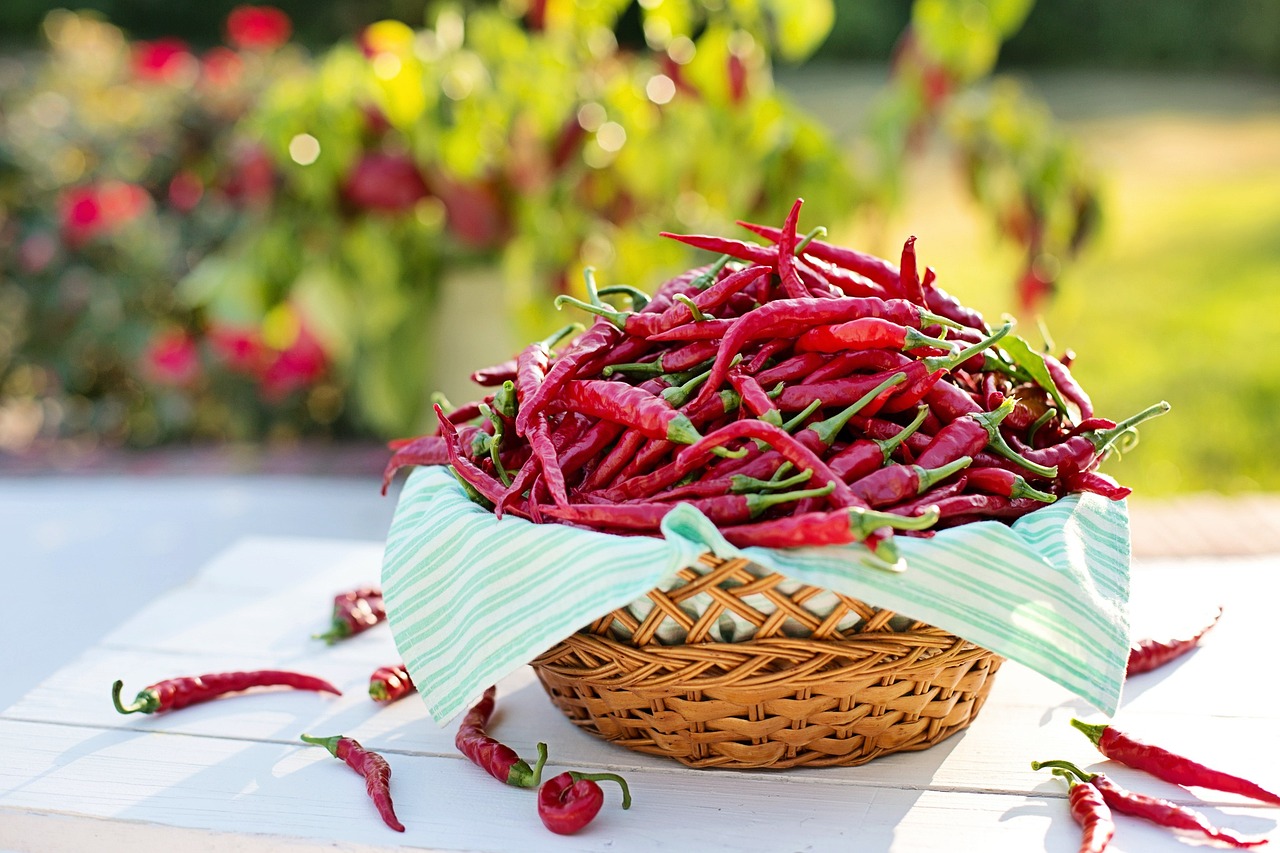
Chilly Production Increased in 2023
In a remarkable turn of events, the year 2023 has witnessed a significant surge in chilly production across various regions. This surge in production has brought about various implications for both the agricultural sector and the culinary industry. Let’s delve into the details of this remarkable development and explore the factors driving this increase in chilly production.
Factors Behind the Surge in Chilly Production
Several factors have contributed to the substantial increase in chilly production in 2023. These factors are pivotal in understanding the dynamics of this agricultural surge:
- Favorable Weather Conditions: One of the primary reasons for the boost in chilly production is the favorable weather conditions experienced in key chilly-producing regions. The right balance of temperature and precipitation has created an ideal environment for chilly cultivation, resulting in higher yields.
- Technological Advancements: Advancements in agricultural technology have played a crucial role in enhancing chilly production. Farmers are now equipped with state-of-the-art machinery, improved irrigation techniques, and better pest control measures, all of which have led to increased productivity.
- Growing Demand: The global demand for chilies and spicy foods has been steadily rising. Chilies are not only a staple in various cuisines but are also finding applications in the pharmaceutical and cosmetic industries. As a result, farmers have been motivated to increase chilly production to meet this growing demand.
- Government Support: In many chilly-producing regions, governments have provided incentives and support to farmers to boost production. Subsidies, research funding, and training programs have encouraged farmers to invest in chilly cultivation.
- Export Opportunities: Export opportunities have expanded significantly, with countries importing chilies and chili-based products. This has motivated farmers to produce surplus quantities to tap into the international market.
Regional Variations in Chilly Production
While the overall increase in chilly production is noteworthy, it’s important to highlight some regional variations:
- Asia Dominates Production: Asia, particularly countries like India, China, and Thailand, remains at the forefront of chilly production. These nations have seen substantial growth in their chilly output, contributing significantly to the global supply.
- Latin America on the Rise: Latin American countries such as Mexico and Peru have also witnessed a surge in chilly production. Their proximity to North American markets has made them key players in the export of chilies to the United States.
- Africa’s Emerging Market: African nations like Nigeria and Ethiopia are gradually emerging as contenders in chilly production. Improved farming practices and increased investment in agriculture have led to a boost in production on the continent.
Chilly Production and the Culinary Industry
The increased chilly production in 2023 has not gone unnoticed by the culinary industry. Restaurants, food manufacturers, and spice companies are all reaping the benefits of the surplus supply. The availability of chilies in abundance has led to innovative recipes and products, adding a spicy twist to various cuisines worldwide.
Chefs and food enthusiasts are experimenting with new spicy dishes and flavor combinations, contributing to a culinary renaissance. The versatility of chilies, ranging from mild to fiery hot, allows chefs to cater to a wide range of preferences.
Conclusion
In conclusion, the year 2023 has seen a remarkable surge in chilly production, driven by favorable weather conditions, technological advancements, growing demand, government support, and export opportunities. This increase in production has had a significant impact on the agricultural sector and the culinary industry, fostering innovation and satisfying the growing global appetite for spicy foods.
As the world continues to embrace the heat of chilies, both producers and consumers can look forward to a spicy future. With all these factors in play, chilly production is set to remain a hot topic in the coming years.